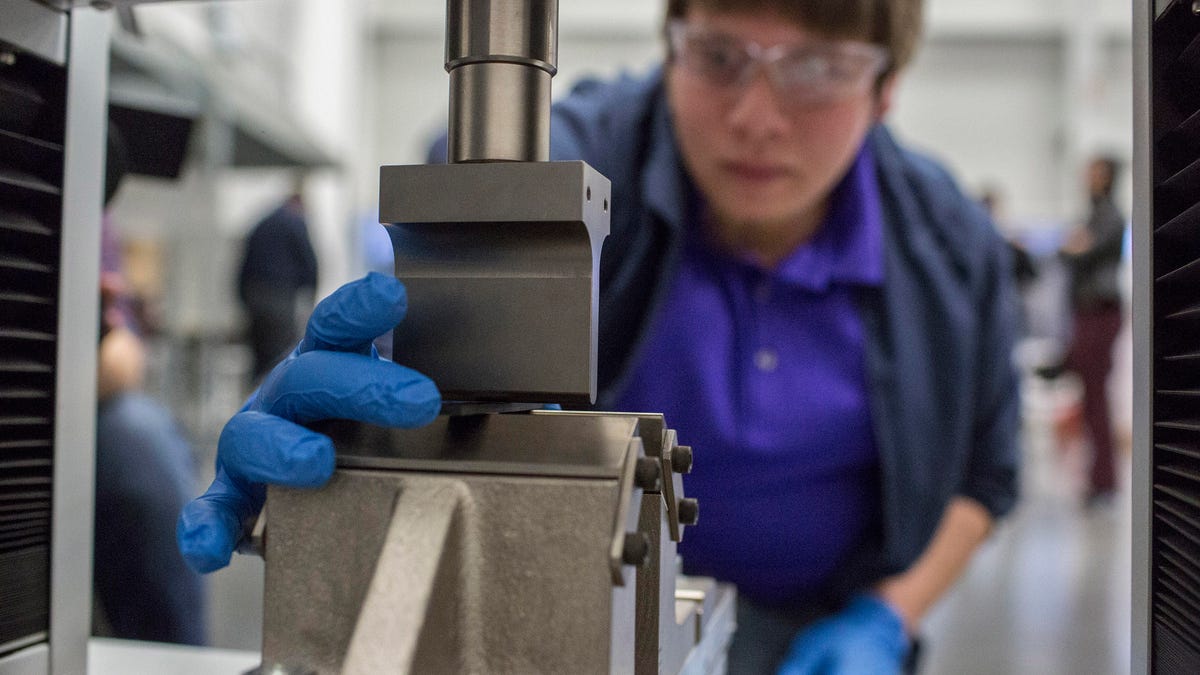Ford will use graphene to make your noisy engine quieter
It's still new in the automotive space, and Ford's taken a unique approach to its use.
Graphene is a single layer of carbon atoms, and its benefits could spread across many industries. While it's normally praised for its strength and conductivity, Ford plans on using it for a slightly different, but still beneficial purpose.
Ford announced this week that it intends to use graphene under the hood of future Ford vehicles. But its initial use won't be for its most obvious benefits, strength and conductivity. Instead, it'll be used in very small amounts in various covers to help reduce unwanted noise in the cabin. It's the result of research that has been ongoing since 2014.
Ford says it's found a way to utilize tiny amounts of the stuff in covers for the fuel rail, engine and various pumps. The automaker discovered that even half a percent's worth of graphene mixed with types of foam can reduce unwanted noises. Ford estimates that its new parts can reduce noise by 17 percent and improve heat endurance by 30 percent.
While adding covers usually adds weight -- penalizing fuel economy in the process -- graphene's lightweight nature means these components will actually lower overall part weight versus the pieces they replace. The parts were created in conjunction with two other companies, Eagle Industries and XG Sciences.
If you're wondering how long this magic material will take to end up in Ford vehicles, the answer is "not long." According to the automaker, graphene-integrated components will enter production by the end of the year, starting with the F-150 and Mustang , eventually making their way to other Ford vehicles. If your next F-150 feels just a bit quieter, it's not your imagination.


